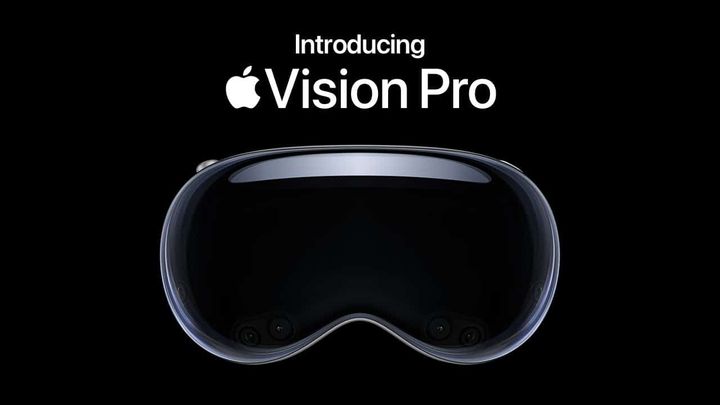Medical Breakthrough-Using AI Technology In Novel Drug Discovery
Developing new drugs is characterized as "from bench to bedside". Bringing a medication to market requires between 11 and 16 years. AI is transforming medication development by offering a faster pace and greater profitability. Article below describes this in detail.
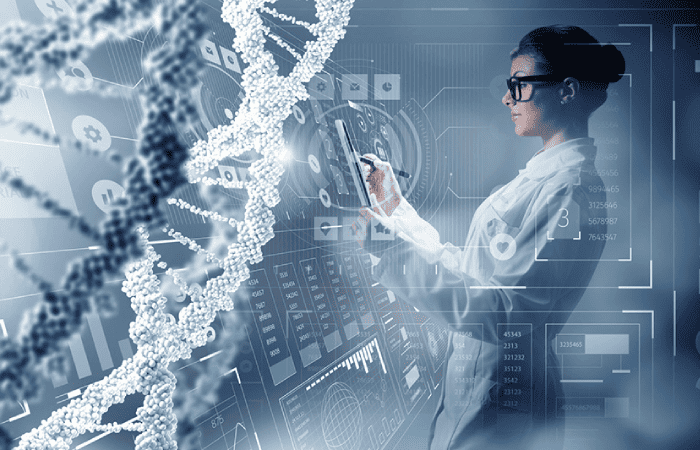
Our approach and strategy to biomedical research and innovation have changed as a result of the use of AI in medication development. It has aided in simplifying illness pathways and locating biological targets for researchers.
Let's take a closer look at the future potential of AI in drug discovery.
What Is Novel Drug Discovery?
Finding and creating novel medications that have not yet been given human use approval is known as novel drug discovery. Although it might be a time-consuming and expensive process, it is necessary to create fresh illness remedies.
There are numerous methods for finding innovative drugs, but a few of the most popular ones are as follows:
Target-based drug discovery: This strategy entails locating a particular target molecule implicated in the disease's progression. Researchers can create medications that interact with a target molecule once discovered, preventing it from performing its intended purpose.
Structure-based drug design: Drugs that fit into a target molecule's three-dimensional structure and bind there are designed using a "structure-based drug design technique."
Computational drug discovery: This method identifies prospective drug candidates by using computer models. The characteristics of drug candidates, such as their capacity to bind to target molecules and their toxicity, can be predicted using these models.
Drug development from natural sources: such as plants, animals, and microbes, entails finding and isolating novel chemicals. After then, the potential therapeutic action of these substances can be evaluated.
The process of discovering novel drugs is difficult and complex, yet it is crucial to the creation of new illness therapies. We anticipate that additional innovative medication will be created as our knowledge of disease biology and technological advancements increases.
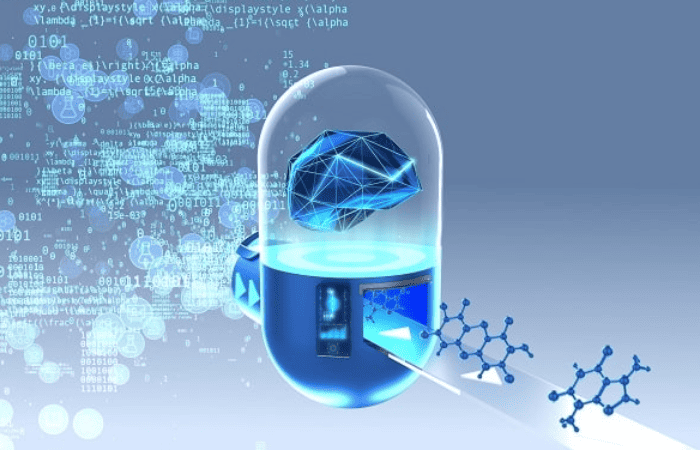
Understanding the Role Of AI In Drug Discovery
With its capacity to analyze massive volumes of data and generate intricate predictions, artificial intelligence has improved several stages of the drug discovery process. Let's understand how?
1. Target Recognition
The first step in the drug discovery process is target identification, which entails finding potential molecular components, including proteins, enzymes, and receptors that may exist in the body, and working with medications to treat disorders.
AI can use large clinical databases with essential data for target identification. These data sources may include information from clinical trials, biomolecular research, biological studies, and protein structures.
Trained AI models can comprehend complicated biological disorders and discover the biological targets for therapeutic candidates in conjunction with biomedical approaches like gene expression. For instance, scientists have created a number of AI algorithms to find brand-new anticancer targets.
2. Target Choice
Using AI in drug discovery can assist researchers in choosing prospective targets based on their relationships to diseases and anticipated therapeutic value. Strong pattern recognition allows AI to choose entirely new targets without using any past information from published patents in addition to the stated medical literature.
3. Prioritisation of Drugs
In this phase, AI assesses and ranks lead medicinal compounds, giving them the highest priority for additional evaluation and research to advance their development. AI-based algorithms are better at finding the most promising candidates than earlier ranking methods. For instance, scientists have created a computational framework based on deep learning to find and rank new Alzheimer's disease treatments.
4. Compound Inspection
AI algorithms can forecast the chemical and biological features of substances and offer information on their negative effects. They can perform data analysis on information from a variety of sources, such as databases and earlier research, to find any potential hazards or adverse effects related to a specific substance. For instance, to greatly speed up large-scale compound investigation, researchers have created a deep learning technique to scan chemical libraries with billions of molecules.
5. New medication development
Large-scale manual screening of chemical collections has long been a standard procedure in medication discovery. Researchers can screen novel compounds using AI, whether they have prior knowledge or not, and they can also foresee the eventual 3D structure of the medications they uncover. For instance, DeepMind's AlphaFold artificial intelligence system can forecast protein shapes. It keeps a database of more than 200 million predictions for protein structures, which can speed up the drug creation procedure.
Example Of Drugs Successfully Discovered Using AI
1. Abaucin
Antibiotics like bacitracin kill bacteria. However, bacteria are getting more challenging to cure. This is due to a lack of new medications and the rapid evolution of bacterial resistance to previous medications.
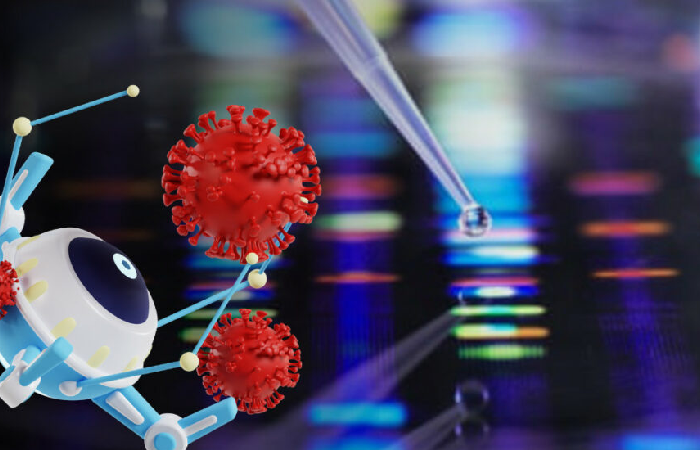
Acinetobacter baumannii, one of the most virulent superbug bacteria, is targeted by the powerful experimental antibiotic abaucin produced via artificial intelligence.
The effectiveness of thousands of medications against the bacterium Acinetobacter baumannii was initially evaluated by AI researchers. Then, using this knowledge, AI was trained to create a medicine that effectively treats it.
2. Target X By Insilico Medicine
Target X, a medication developed by Insilico Medicine using its Generative AI technology, is currently undergoing Phase 1 clinical trials. Idiopathic pulmonary fibrosis, which can result in lung stiffness in elderly people if ignored, is the condition that Target X is intended to address. There will be 80 participants in Phase 1, half of whom will eventually get greater doses. This will make it easier to assess how the drug's molecule affects the body.
3) Verge Genomic VRG50635
By examining human data points, Verge Genomics, an AI drug discovery business, used its AI platform CONVERGE to find a novel molecule, VRG-50635, for the treatment of ALS. Patients with neurodegenerative disorders like Parkinson's, ALS, and others were identified through data on their brain and spine tissues.
4. Receptor for Exscientia-A2
The first AI-designed chemical for immuno-oncology treatment, which employs the body's immune system to combat cancer cells, was created by the AI MedTech business Exscientia. The phase of human clinical trials for their AI medication has begun. It has the potential to boost antitumor action while minimizing negative effects on the body and the brain by targeting the A2a receptor.
They have developed other chemicals using Generative AI to combat ailments such as:
- Cancers with Transcriptional Dependence by Using CDK7 Inhibitors.
- Hematology and oncology conditions by targeting the PKC-theta enzyme
- Inflammatory conditions by targeting the LSD1 regulator
5. Absci-de Novo Antibodies With Generative AI Zero-Shot
Absci, a company that uses zero-shot generative AI for drug development, has shown how it can utilise computer simulation to generate de novo antibodies. Zero-shot learning refers to the fact that throughout the training phase, the AI model was not explicitly validated using the most recent input data. As a result, this technique is capable of producing new antibody designs on its own.
By reducing the time it takes to develop new drug leads from up to six years to only 18 to 24 months, de novo therapeutic antibodies powered by AI improve their likelihood of being successful in the clinic. Every week, 3 million AI-generated designs can be tested and validated using the company's technology. With this amazing development, every patient might receive novel treatments immediately, marking an important industrial change.

What Is Novel AI
Novel AI is an online cloud-based, SaaS model, paid subscription service for text-to-image synthesis and AI-assisted story writing. The image generating capability was added on October 3, 2022, after the initial beta launch on June 15, 2021. Alahan, a company with its main office in Wilmington, Delaware, runs Novel AI.
Novel AI generates narrative prose using GPT-based Large Language Models (LLM). Additionally, the service has editors that may be customized and servers that are encrypted.
Novel AI employs a specially developed version of the freely downloadable Stable Diffusion text-to-image diffusion model called Novel AI Diffusion to produce images from text prompts. Another option is to create a brand-new image based on an existing one.
Benefits Of Using AI In Drug Discovery
Although artificial intelligence is still a relatively young drug research technology, it can change the process entirely. AI can assist in making the drug discovery process quicker, more effective, and less expensive.
This is done by automating many of the procedures involved. This might result in the creation new medications that are both safer and more efficient for patients.
Here are a few instances of how AI is now being used in drug discovery:
Insilico Medicine: creates novel medicinal compounds using AI. Several medication candidates that are now in clinical trials were developed using AI.
Atomwise: This business employs artificial intelligence to examine extensive medicinal chemical libraries. They have identified several promising therapeutic candidates for treating cancer
Recursion Pharmaceuticals: This business employs artificial intelligence to forecast the toxicity of medicinal molecules. Several medication candidates that are safe for human use have been found using AI.
These are a few instances of how AI is now applied to drug discovery. We may anticipate even more creative and efficient ways to employ AI to create novel medicines as the field of artificial intelligence (AI) advances.
AI In Drug Screening
Drug screening involves putting a large number of possible drug candidates through testing to see which ones have the desired qualities, such as the capacity to bind to a certain target molecule and have a therapeutic impact.
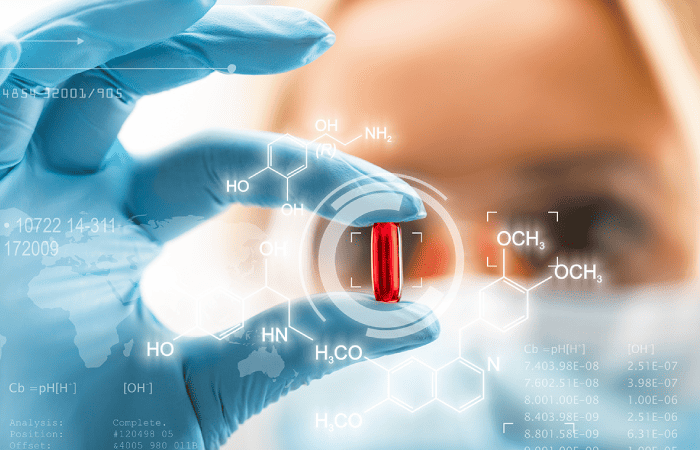
There are several ways AI can be applied to speed up and enhance the efficacy of drug testing. AI can be employed, for instance, to:
-
Analyse extensive chemical data sets to find promising therapeutic candidates. By removing candidates that are unlikely to be successful, this can aid in reducing the time and expense of drug discovery.
-
Predict the characteristics of possible therapeutic candidates, including their toxicity and capacity to attach to a target molecule. In order to prevent spending time and resources on candidates who are unlikely to succeed, this can help to rank candidates for further testing.
-
Create novel medication candidates with targeted qualities. This can hasten the process of finding new drugs and improve the likelihood of success.
-
Make the drug testing procedure automated. This might allow up human researchers to work on other projects, like coming up with new experiments and analysing the findings.
What's possible With AI in Drug Discovery?
Artificial intelligence (AI) has the potential to transform drug research in numerous ways. AI could be employed, for instance, to:
Find new drug targets: AI could be used to examine huge biological data sets and find novel medication targets. This might result in the creation of novel medications to treat illnesses for which there are none at the moment.
Create new drug molecules with desired qualities: such as the capacity to target a certain protein or to have a desired therapeutic impact. AI might be used to create new drug molecules with these properties. The process of finding new drugs could be sped up, and success rates raised by doing this.
To find the medication compounds that are most likely to be successful against a specific target: AI could be used to screen enormous libraries of pharmacological compounds. As a result, fewer substances might need to be evaluated in clinical trials and on animals.
Predict toxicity of pharmacological molecules: AI could be used to forecast the toxicity of pharmacological molecules. This could help to prevent the development of medications that are harmful for human consumption.
Design clinical trials: AI could be used to create more effective and efficient clinical trial designs. This may aid in accelerating the process of developing new treatments and bringing them to patients more quickly.
AI could be used for the following things in addition to these potential uses:
Personalise medication treatment: By considering specific patient characteristics like genetics, age, and other medical issues, AI may be used to customize drug treatment. Patients may receive safer and more effective care as a result of this.
Create new drug delivery systems: AI could be utilized to create new drug delivery systems that enhance the efficacy and security of medications. AI might be utilized, for instance, to create nanoparticles that can carry medications directly to desired cells.
Improve disease understanding: By examining massive datasets of patient data, AI could be utilized to improve disease understanding. New treatments and preventative measures might result from this.
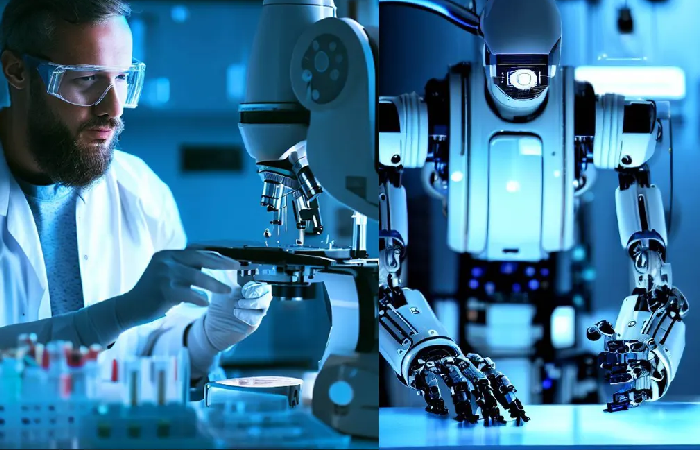
What Future Does AI Technology Hold in Drug Discovey?
In addition to many other healthcare uses, AI is accelerating and improving the drug discovery process by analyzing massive data sets and forecasting new therapeutic targets and candidates.
-
Biotech firms may swiftly create individualized treatment programs by identifying patient response signals using generative AI.
-
According to a report, more MedTech firms will soon include AI and ML into the early stages of drug discovery, which will aid in the creation of a $50 billion industry over the course of the next 10 years and significantly increase the growth potential of AI in pharmaceuticals.
-
AI has the potential to lower overall drug discovery costs, enabling patients to get new medications sooner.


